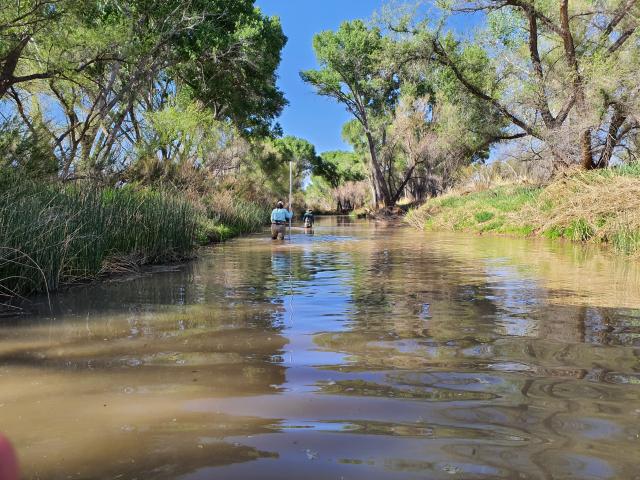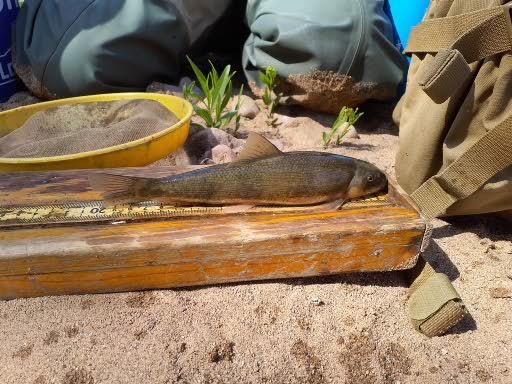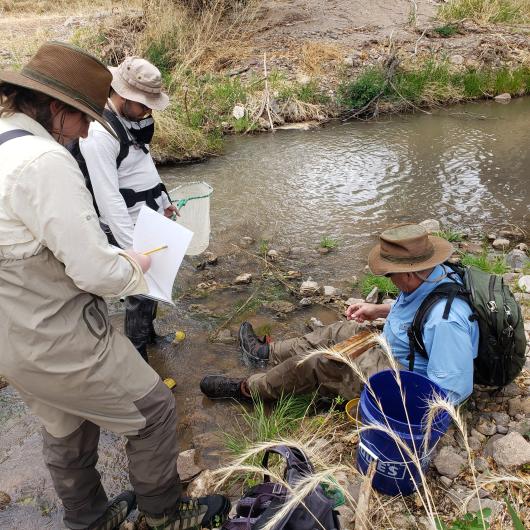Related Stories
- Smokey Bear joins Mr. & Mrs. Claus to continue LTVA annual toy giveaway
- BLM Fire Team brings Smokey Bear to Kingman’s Street of Lights
- Rural wildland firefighting partners grateful for BLM gift
- Nine years of partnership pays off: Fitzhugh Creek Meadow restoration achieves dramatic results
- BLM hosts fire investigation training course to strengthen wildland fire investigation capacity across Arizona and the West



